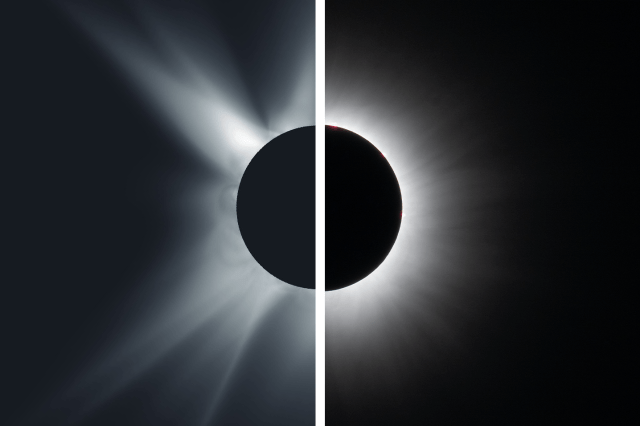The researchers used the Aitken, Electra, and Pleiades supercomputers at the NASA Advanced Supercomputing facility, located at the agency’s Ames Research Center in California’s Silicon Valley. With near-real-time data from NASA’s Solar Dynamics Observatory and ESA’s (the European Space Agency) and NASA’s Solar Orbiter, they created a dynamic model of the corona. The team’s model accurately predicted several details, including long streamers in the upper and lower left side of the image, but the streamers’ locations are slightly misaligned when compared with real images. This is likely because some new activity on the far side of the Sun, which affected the appearance of the corona, wasn’t yet seen and couldn’t be incorporated in the model. Once it was, the model more closely matched observational photos of the corona.
Related Posts

Work Underway on Large Cargo Landers for NASA’s Artemis Moon Missions
Under NASA’s Artemis campaign, the agency and its partners will send large pieces of equipment to the lunar surface to…

Winners Announced in Gateways to Blue Skies Aeronautics Competition
The California State Polytechnic University, Pomona, team, with their project titled “Aero-Quake Emergency Response Network,” took first place at the…

El pódcast en español de la NASA regresa con una nueva temporada
Read this news release in English here. Para celebrar el Mes de la Herencia Hispana, la NASA publica nuevos contenidos…
